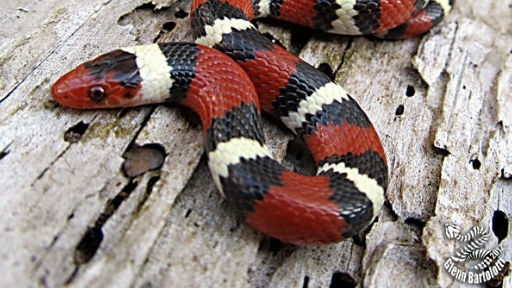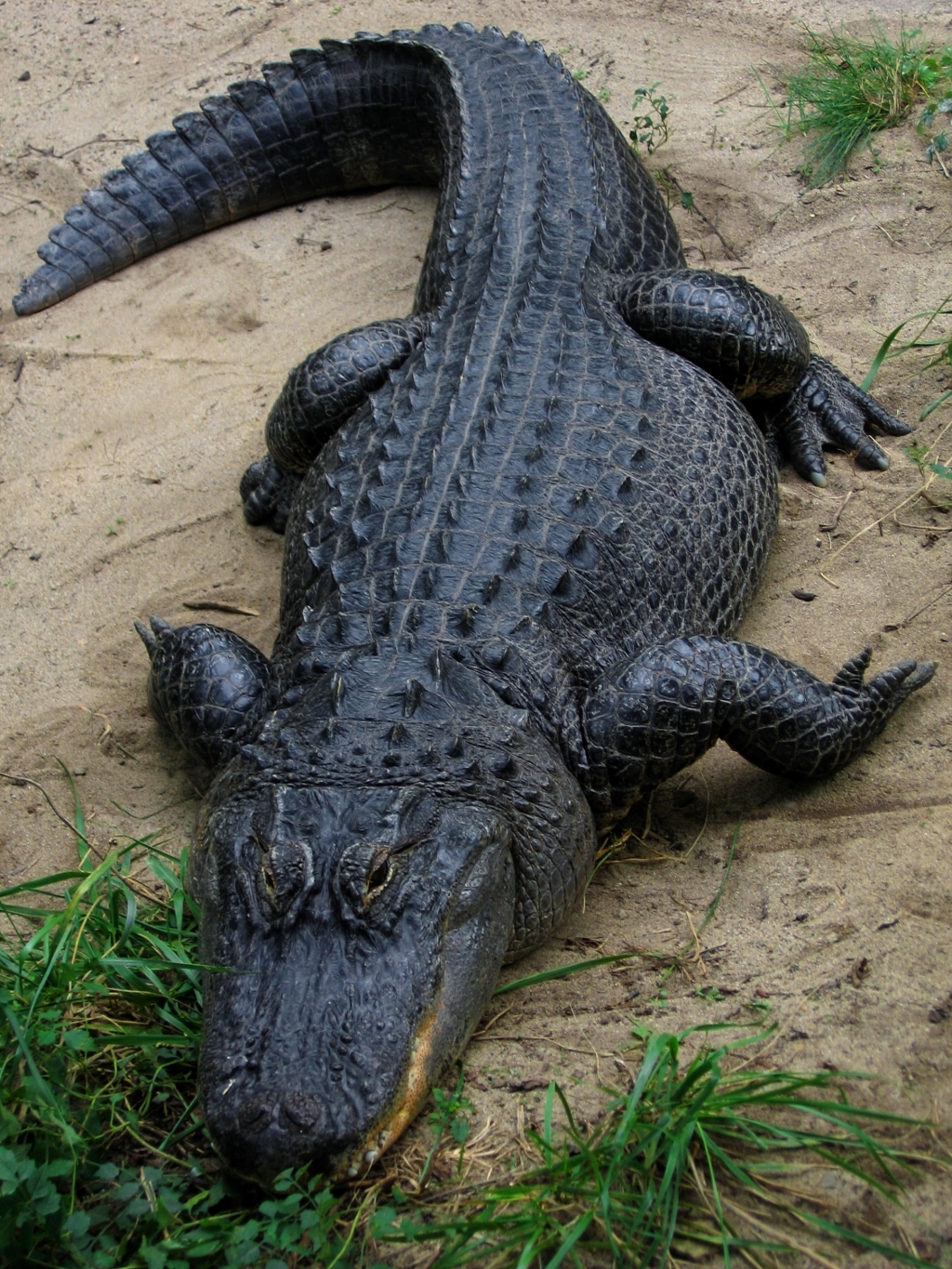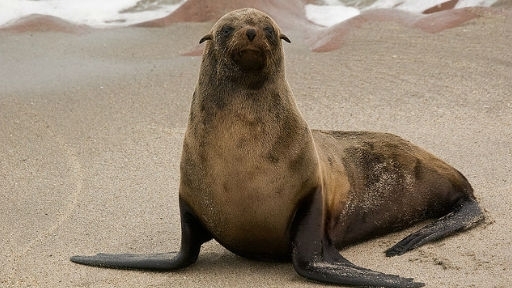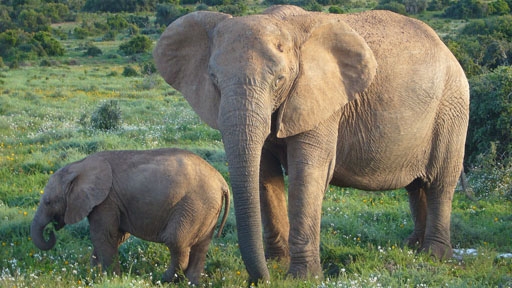
There are a lot of species in the animal kingdom that could pass for twins. While it’s not always a big deal to know which is which, in this first case, knowing could save your life!
Check out our favorite and most shocking animal look-alikes on the next page…
[nextpage title=””]
Coral Snake vs. Scarlet King Snake
 Scarlet King Snake. Photo by Glenn Bartolotti.
Scarlet King Snake. Photo by Glenn Bartolotti.

A coral snake. Photo by Ralph Arvesen.
A mix up between these two animals could be deadly. The scarlet king snake is not venomous, but a bite from the coral king snake could be fatal. The venom is considered one of the most potent in North America.
How to tell them apart: Fortunately, there’s a simple rhyme that corresponds to the coloring on the snake. Red next to black, friend of Jack. Red next to yellow, kills a fellow.
[nextpage title=””]
Alligator vs. Crocodile
 Crocodile. Photo by Chad Sparkes.
Crocodile. Photo by Chad Sparkes.
 American alligator. Photo by Michael McCarthy.
American alligator. Photo by Michael McCarthy.
How to tell them apart: Their skulls and teeth. A crocodile’s skull and jaws are more narrow, so when it closes its mouth, its teeth are visible.

When an alligator closes its mouth, the teeth slip into sockets and are less visible.
[nextpage title=””]
Alpaca vs. Llama
 Llama. Photo by Gavin Schaefer.
Llama. Photo by Gavin Schaefer.
How to tell them apart: The easy way is the ears. Alpaca ears are more triangular while llama ears curve inward.
[nextpage title=”Seal vs. Sea Lion”]
 Sea lion. Photo by Greg Willis.
Sea lion. Photo by Greg Willis.
 Harbor seal. Photo by Ian Paterson.
Harbor seal. Photo by Ian Paterson.
Both semi-aquatic marine mammals, and both pinnipeds (a diverse group of carnivorous, fin-footed animals), it’s easy to mistake these two for each other.
How to tell them apart: Sea lions have visible ear flaps while seals do not. Sea lions, also much more furry, “walk” on land while seals mainly just wiggle around when they’re not in the water.
[nextpage title=””]
Asian Elephants vs. African Elephants
 Asian elephants. Photo by Dennis Jarvis.
Asian elephants. Photo by Dennis Jarvis.
How to tell them apart: African elephants are larger, and their highest point rests at the shoulder (compared to the back in Asian elephants).
Their ears are large and extend to the neck; some think their shape resembles that of Africa. African elephants have a concave back; Asian elephants have a more convex or straight back.
[nextpage title=””]
Turtles vs. Tortoises
 Tortoise.
Tortoise.
 Turtle.
Turtle.
How to tell them apart: Tortoises dwell only on land, they’re a bit heavier, and they have dome-shaped shells. Their feet are short and sturdy with bent legs.
Turtles generally have a more streamlined shell (with the exception of some species like the box turtle), and many have webbed feet with claws.
[nextpage title=””]
Frogs vs. Toads
 Toad. Photo by Feans.
Toad. Photo by Feans.
How to tell them apart: Frogs have moist, slimy, and generally smooth skin. Toads are stout with dry and bumpy skin.
You can identify them by their eggs, too: frog eggs are generally found in round masses, whereas toad eggs are formed into long chains.
[nextpage title=””]
Dolphins vs. Porpoises>
 Dolphin.
Dolphin.
 Porpoise.
Porpoise.
How to tell them apart: Dolphins are larger with prominent, enlongated “beaks.”
Their teeth are cone-shaped, and their dorsal fin (the fin on their back) is curved. Porpoises, on the other hand, have smaller mouths with spade-shaped teeth, and their dorsal fin is triangular.
[nextpage title=””]
Salamanders vs. Lizards
 Anole lizard. Photo by Paul Hirst.
Anole lizard. Photo by Paul Hirst.
 Fire salamander. Photo by Christian Jansky.
Fire salamander. Photo by Christian Jansky.
How to tell them apart: Salamanders and lizards are actually in different classes completely! Salamanders are amphibians with moist skin that can absorb water. Because of this, they spend much of their lives in damp places. Lizards are reptiles and have scaly, rough skin. They also have external ear openings and clawed toes, two things lacking in salamanders.
[nextpage title=””]
Donkeys vs. Mules
 Mule. Photo by Juan R. Lascorz
Mule. Photo by Juan R. Lascorz
 Juvenile donkey. Photo by Lilly M.
Juvenile donkey. Photo by Lilly M.
How to tell the difference: Donkeys are descendants of African wild asses; Mules are the sterile offspring of a male donkey and a female horse.
The best way to tell the difference between the two is to listen to their calls. Donkeys have a distinctive “hee-haw” call, while mules call with a horse-like “whinny” sound.







